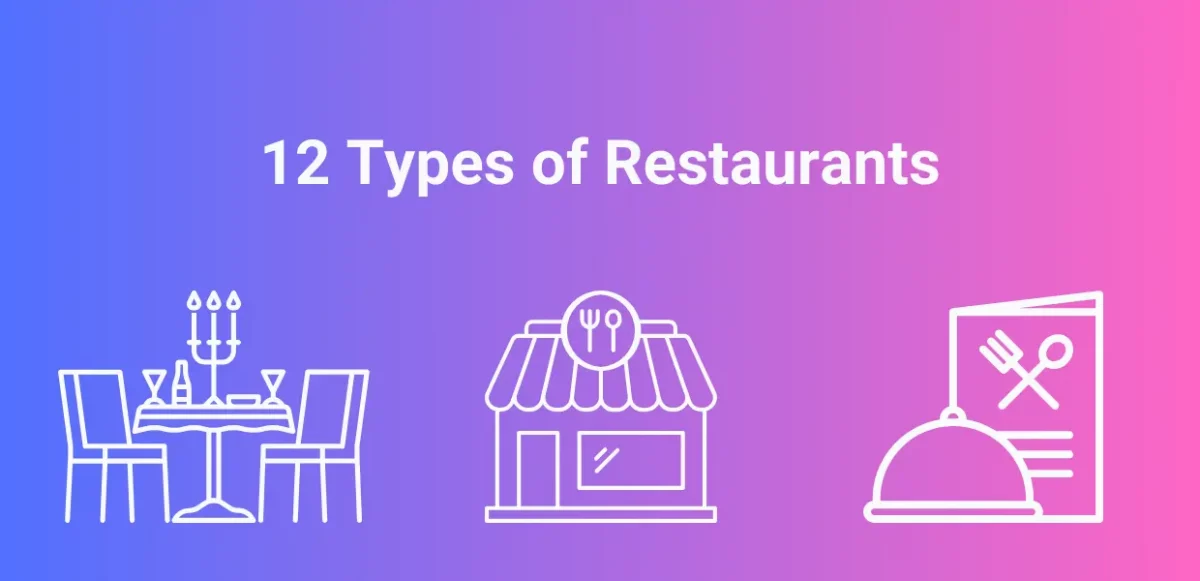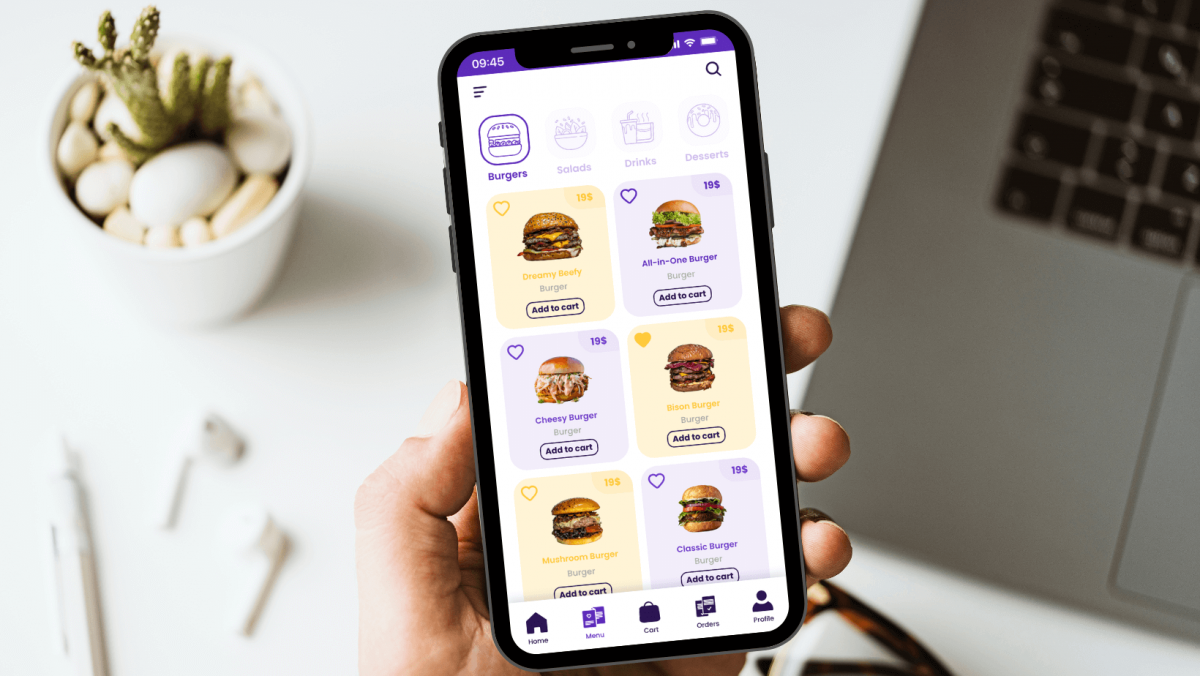Whether you are considering opening a restaurant and looking for that specific type of restaurant that could bring your concept to life, or you are just interested in learning more about the hospitality industry, I am sure you have arrived at the right place. Below, you will find a list of the 12 most popular types of restaurants that I created to help you differentiate between them. Each type of restaurant will get a short description focused on some keywords: atmosphere, menu, price, and type of service.
The 12 Most Popular Types of Restaurants
1. Fine-Dining Restaurant
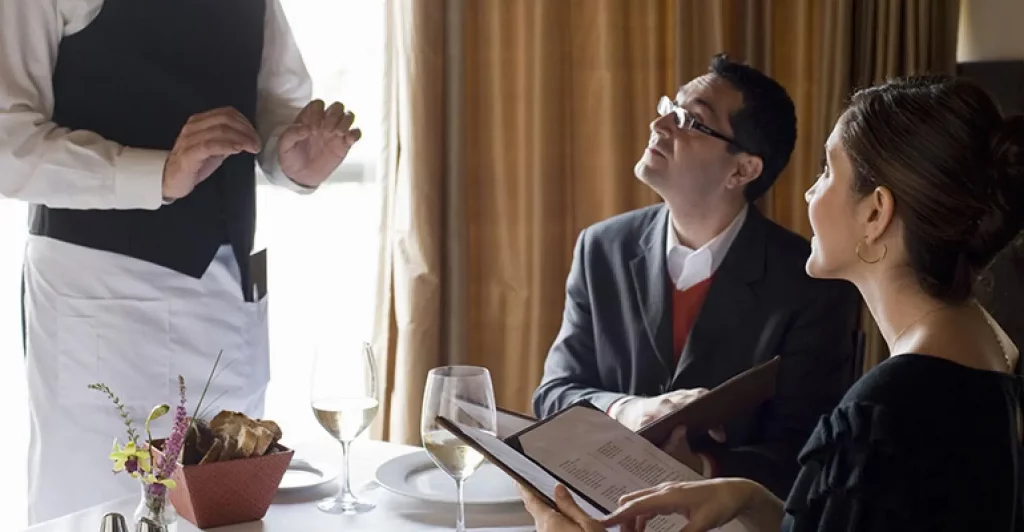
Most people know one thing about fine dining restaurants: They are the most expensive restaurants. Fine dining is about excellence, elegance, exclusive dishes, and upscale service. From the menial tasks servers perform, such as crumbing the table, to the most important ones, fine dining is the most that restaurants have to offer.
Its elegant and sophisticated decor, combined with the strict etiquette rules servers must respect and the special attire that is mandatory for both servers and diners, create the best place to go for special occasions such as weddings or anniversaries. Fine-dining restaurants offer full-table service, and the menu consists of pricey, exclusive items. A meal usually comprises several courses (appetizers, main course, salad, etc.).
2. Contemporary Casual Restaurant
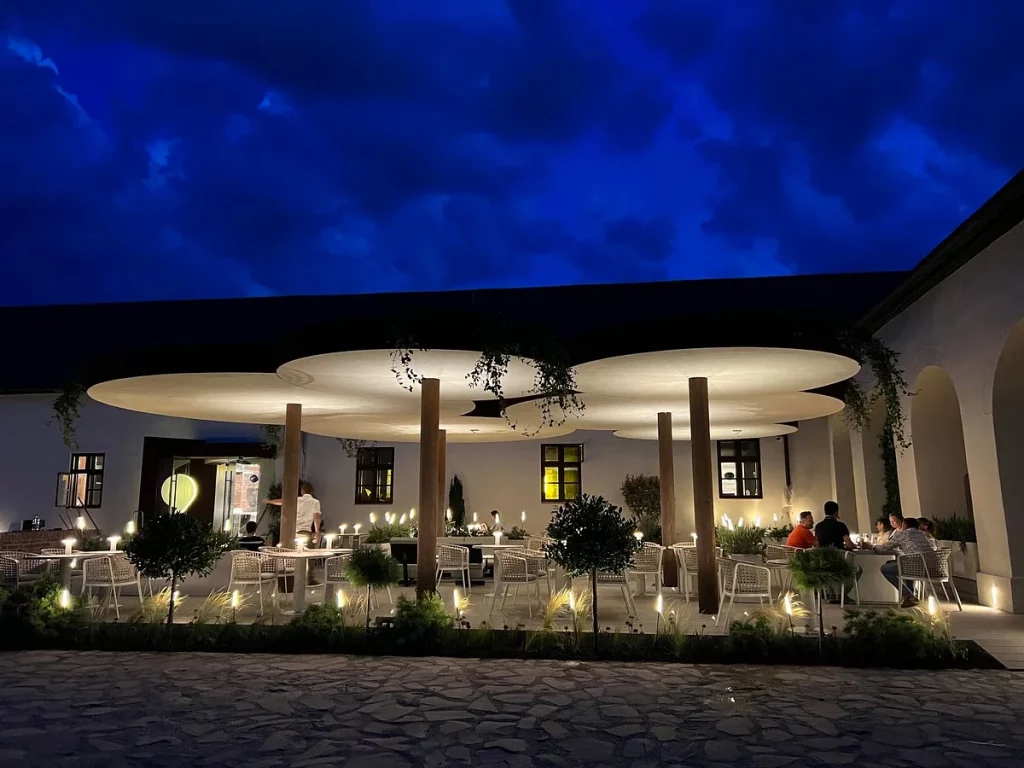
As the name suggests, a contemporary casual restaurant is a modern type of restaurant that is appealing, especially to younger generations such as Millennials and Gen Z. The atmosphere is more relaxed than in a fine-dining restaurant. The food is more affordable, but diners still get an upscale experience regarding the menu. The decor is specially designed for photo lovers.
Two words perfectly describe the focus of contemporary casual restaurants: atmosphere and experience. That is why the decor is designed specially to make an impression and to catch the eyes of photo lovers. Focused more on younger generations, contemporary casual restaurants offer global or fusion cuisine that revolves around ideas such as eco-friendly, veganism, gluten-free, and farm-to-table. The service is full table service, but it can be combined in some restaurants with QR table ordering or QR menus.
3. Casual Restaurant and Family Style Restaurant
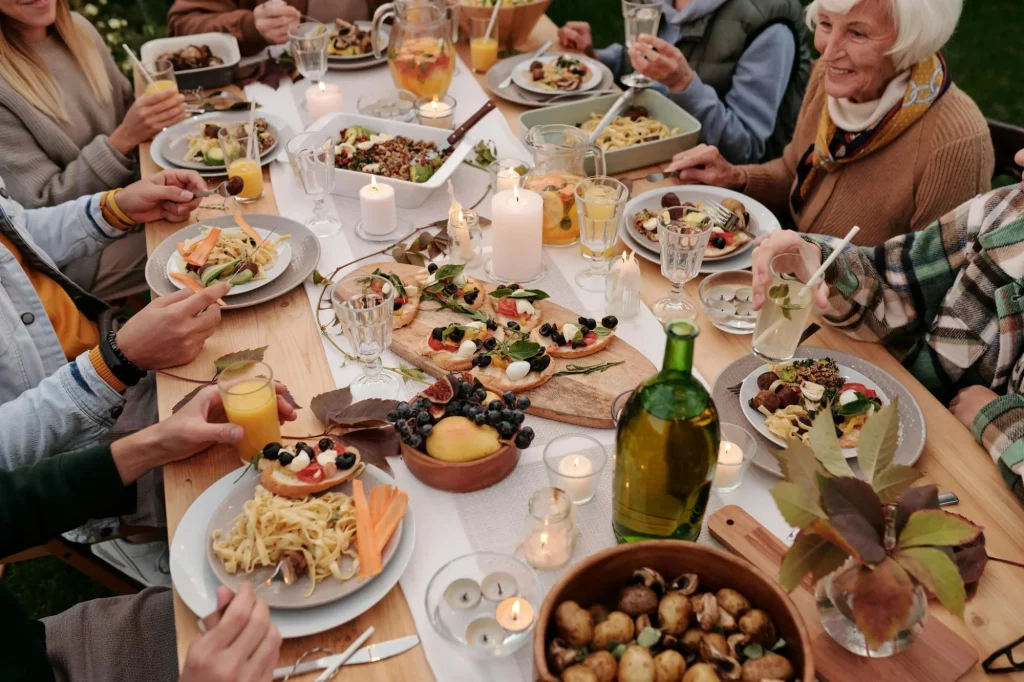
There is only one difference between a casual restaurant per se and a family-style restaurant. In a casual restaurant, servers bring food to each diner who is sitting at the table, while in a family-style restaurant, servers bring large portions of food to the table, and the diners serve themselves. Both of these types of restaurants are very attractive to families and groups of friends who want to enjoy some comfort food or classic dishes at a very affordable price and spend time together in a not-so-formal setting.
4. Fast-Casual Restaurant
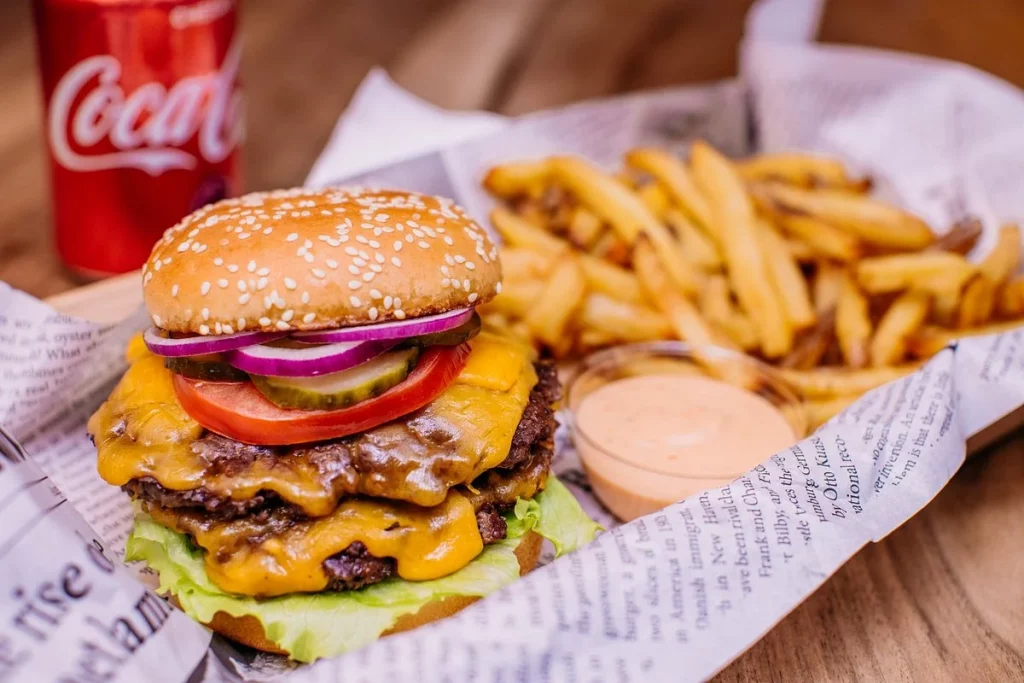
A fast-casual restaurant is a combination of a fast-food restaurant and a casual restaurant. What this type of restaurant has to offer is a casual interior, the rapidity of a fast-food restaurant. This limited menu includes sandwiches, subs, burritos, salads, wraps, and, unlike the types of restaurants mentioned above, a counter service or limited table service.
Although the menu options are similar to those in a fast-food restaurant, a fast-casual restaurant does not use pre-cooked or frozen ingredients, so it is much healthier. As expected, the price of the menu items ranges between fast-food restaurant and casual restaurant prices.
5. Fast-Food Restaurant
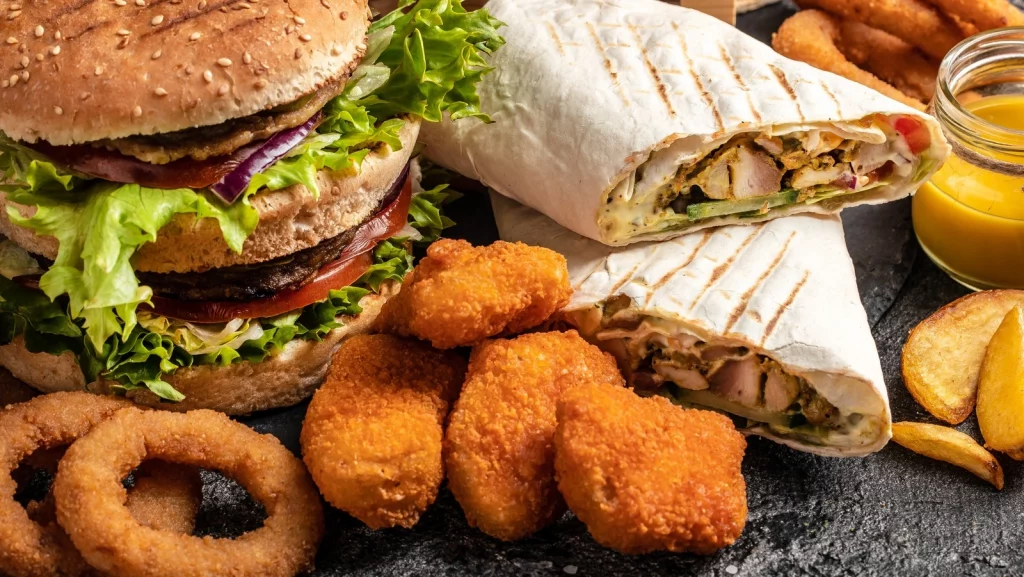
Almost everyone has eaten at least once in a fast-food restaurant, so it is probably the most known type of restaurant. Another name fast-food restaurants are known by is quick-service restaurants, and that is because of their rapidity in preparing the food. This rapidity is because all the items on the menu, such as burgers, sandwiches, and fries, are generally cooked with pre-cooked, processed, and frozen ingredients.
In a fast-food restaurant, people can order at the counter, in a drive-thru, or even from certain electronic devices such as kiosks. The food comes packaged in food wraps or boxes and is usually picked up at the counter, but some fast-food restaurants bring the order to the table for those who eat inside the restaurant. Regarding the price, fast-food restaurants offer the cheapest food when compared to the restaurants above.
6. Bistro
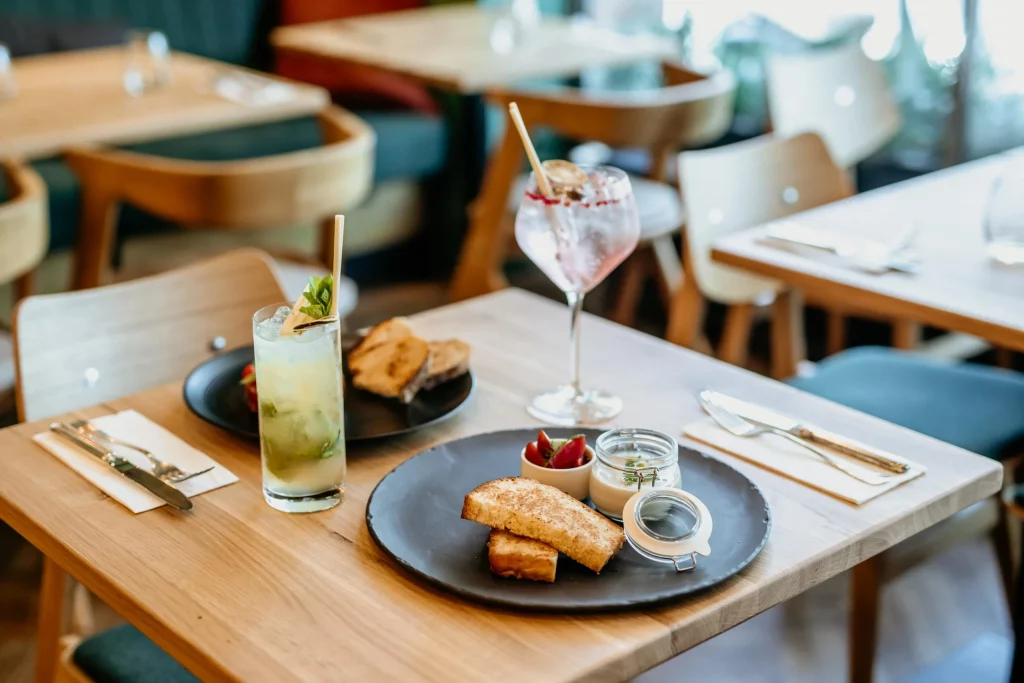
Well, it is a little more complicated to define a bistro. This type of restaurant originated in France as a comfortable place where diners could go to get a hearty meal at a cheap price in a nonformal setting. However, bistros are known today as how they evolved in the USA. The decor became more refined, the food more expensive, finer, and not so hearty, and the interior, even though small and intimate, became more spacious due to the reduction of tables. A bistro menu usually includes soups, different types of pasta, salads, burgers, and other dishes inspired by local cuisine or French cuisine, all of which are ordered and brought by a waiter.
7. Diner
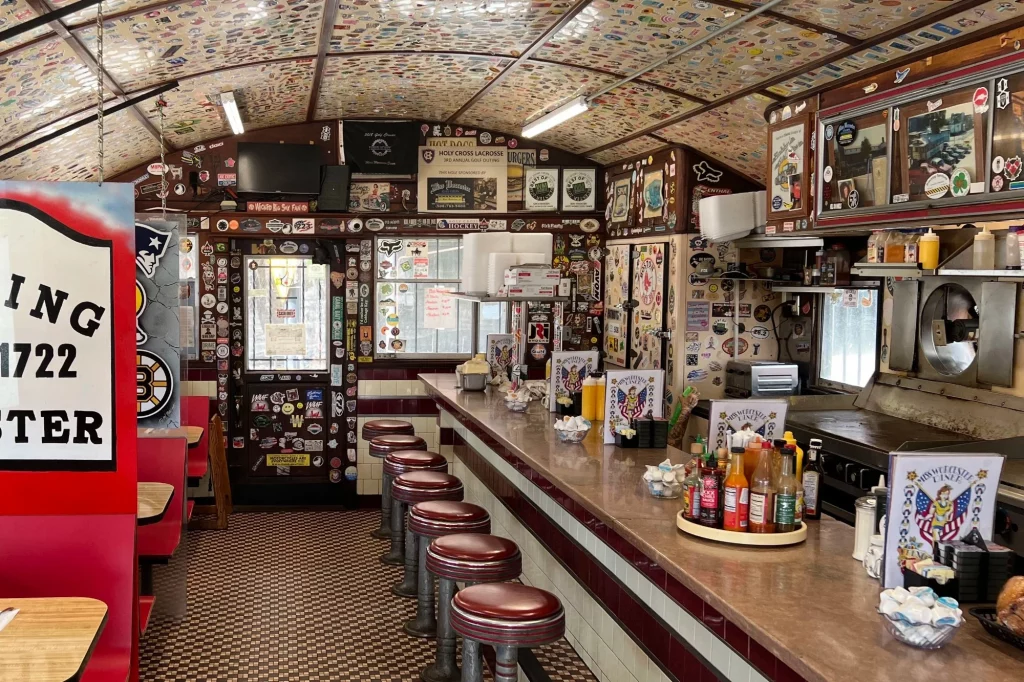
A diner is a type of restaurant specific to the USA. How to recognize one? It has a specific visual layout. On the one side, there are tables and chairs placed one after the other as a wagon, and on the other side, there is a long bar with stools from where customers can get their food straight from the kitchen. The most common people who eat in a diner are workers or those whose office is nearby.
The food options are affordable but quite limited to fried food (bacon, eggs), burgers, sandwiches, American pancakes, and similar food. A diner provides full table service. Waiters take orders and bring the food to the table.
8. Buffet Restaurant
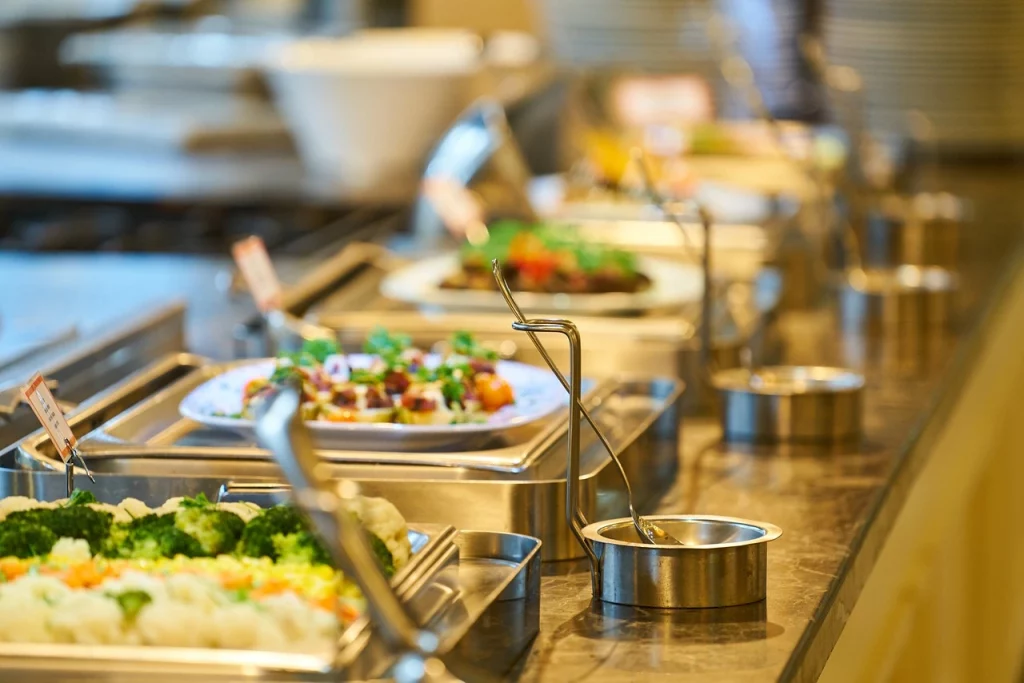
Another name for buffet restaurants is all-you-can-eat restaurants. Why so? Because you have to pay a moderate price to enter, but then you are allowed to eat as much as you can. A buffet restaurant is very spacious. It has to fit the tables, chairs, and the food that is brought in large trays by waiters. People usually go to serve themselves from these trays as many times as they want, and waiters have the job of refilling these trays when they are almost empty. A buffet restaurant offers comfort food options such as baked potatoes, soups, pasta, mac’n cheese, garnishes, and steaks.
9. Food Trucks

A food truck is a compact kitchen on wheels that can move from place to place, an ideal way for those who want to test their concept or food with a few people before investing in a building and opening a full restaurant. This type is mostly seen in parks, neighborhoods, and business areas. Customers can order and get the food delivered at the window, but some food truck owners set a few tables and chairs near the truck, and when the food is prepared, it is brought to the customers. Also, customers can order with QR codes or mobile ordering to speed up the process.
The menu is accessible to almost anyone and consists of a few items that revolve around a specific theme. For example, there are food trucks with barbeques, so the prepared food can be prepared at a barbeque.
10. Pop-up Restaurant
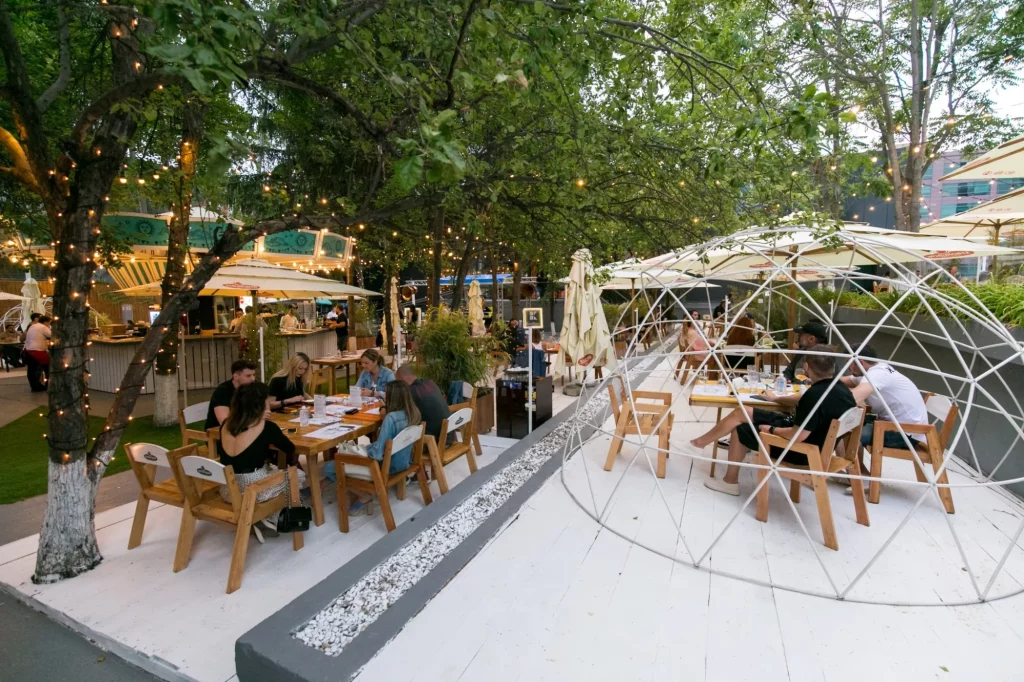
Like a food truck restaurant, a pop-up restaurant is a “moving” one, even more than a food truck. As the name suggests, those restaurants appear (pop-up), and after a few days, a season, or some months, they disappear. Indeed, some of them do not cease to exist but reappear cyclically or turn into stable restaurants. However, their purpose is the same as that of a food truck: to test if people like the food or the concept presented.
A pop-up restaurant has a small menu, but it includes very special dishes and some comfort food as well. The price of these dishes is moderate. Because of its temporary character, a pop-up restaurant offers seating and decor that can be removed easily.
11. Ghost Restaurant
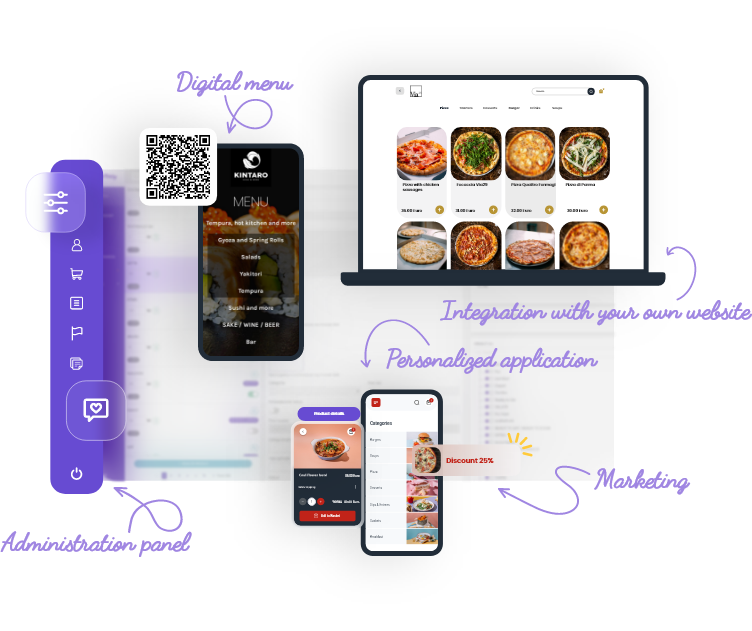
Ghost Restaurants are those types of restaurants that depend entirely on an online ordering system, which means people, in order to get their food, have to place an order through a mobile application or a website. Physically, a ghost restaurant consists only of a kitchen where the food is prepared and from where the food is delivered. This kitchen could be in a special building designed to be a ghost restaurant, in a place shared by many other ghost restaurants, or even in someone’s house.
The type of food served by this type of restaurant is quite varied. Because a ghost restaurant is more of a way of doing business than a restaurant per se, it includes all kinds of food. But obviously, this food must be deliverable. As regards the price, it also depends on the food that is cooked, but a ghost restaurant generally has moderate prices.
12. Cafe and Coffee Shop

A cafe or a coffee shop (or coffee house) are quite similar, but some people would differentiate them based on what kind of drinks they focus on. While a cafe mainly serves specialty coffee, a coffee shop serves different types of hot beverages, such as hot chocolate and different mixed beverages. However, there is no strict delineation between the two.
Of course, this type is not a restaurant in the truest sense. Still, because there are some cafes and coffee shops that include, for example, some breakfast options, some pastry, and all the other elements of a restaurant, we are not in the wrong by including them in a list of restaurants. Usually, these two, especially coffee shops, offer counter service and a relaxed place where people can sit for hours to work, have a conversation with a friend, or enjoy their favorite drink.
A Visual Summary
We have reached the end of the article. But before leaving, I would like to give you a visual summary of what has been said in the article. So here is a table with all 12 types of restaurants and the four characteristics mentioned at the beginning: atmosphere, type of service, menu, and price.
| Type of Restaurant | Atmosphere | Type of Service | Menu | Price |
| Fine-Dining | Formal, etiquette rules, special attire | Full table service | Extravagant dishes | $$$-$$$$ |
| Contemporary Casual | Contemporary, relaxed, picture-worthy decor | Full table service, QR table ordering, QR menu | Upscale food, steaks, vegan options, farm-to-food, global cuisine | $$-$$$ |
| Casual | Relaxed, spacious, neutral | Full table service | Comfort food | $$ |
| Fast Casual | Contemporary, spacious | Counter service | Healthier fast-food | $-$$ |
| Fast-Food | Small interior, few seating options, | Counter service, Drive-thru, Kiosk | Fast-food | $ |
| Bistro | Intimate, small locals, few tables | Full table service | Special dishes, finer food | $$-$$$ |
| Diner | Long bar with stools, tables, and seats placed as a wagon, relaxed atmosphere | Full table service | Fried food, breakfast options, comfort food | $$ |
| Buffet | Very spacious interior for tables, chairs, food trays, | Self-service | Comfort food | $$ |
| Food Truck | A compact kitchen on wheels, it sometimes has outdoor seating, relaxed | Window service, QR ordering | Small menu that revolves around a theme (For example, BBQ) | $-$$ |
| Pop-up | Temporary seating options, small, friendly | Counter service, food stand, table service | Select food options, comfort food | $$-$$$ |
| Ghost | Delivery only | Full online ordering | Deliverable food | $$ |
| Cafe/Coffee Shop | Contemporary decor, spacious, relaxed, friendly, good for remote working | Counter service | Beverages, breakfast options, pastry | $-$$ |
If you found this information helpful and you think your friends will enjoy it as well, you are more than welcome to share the article.
